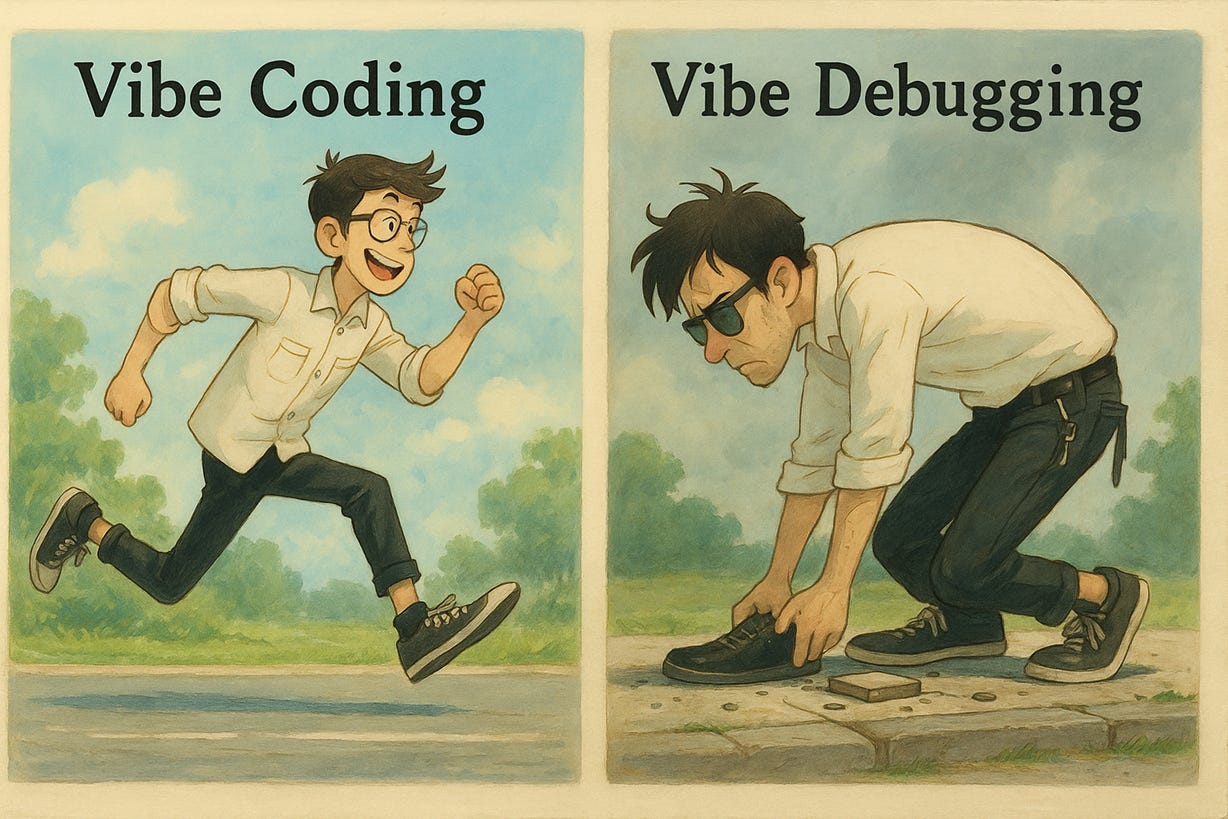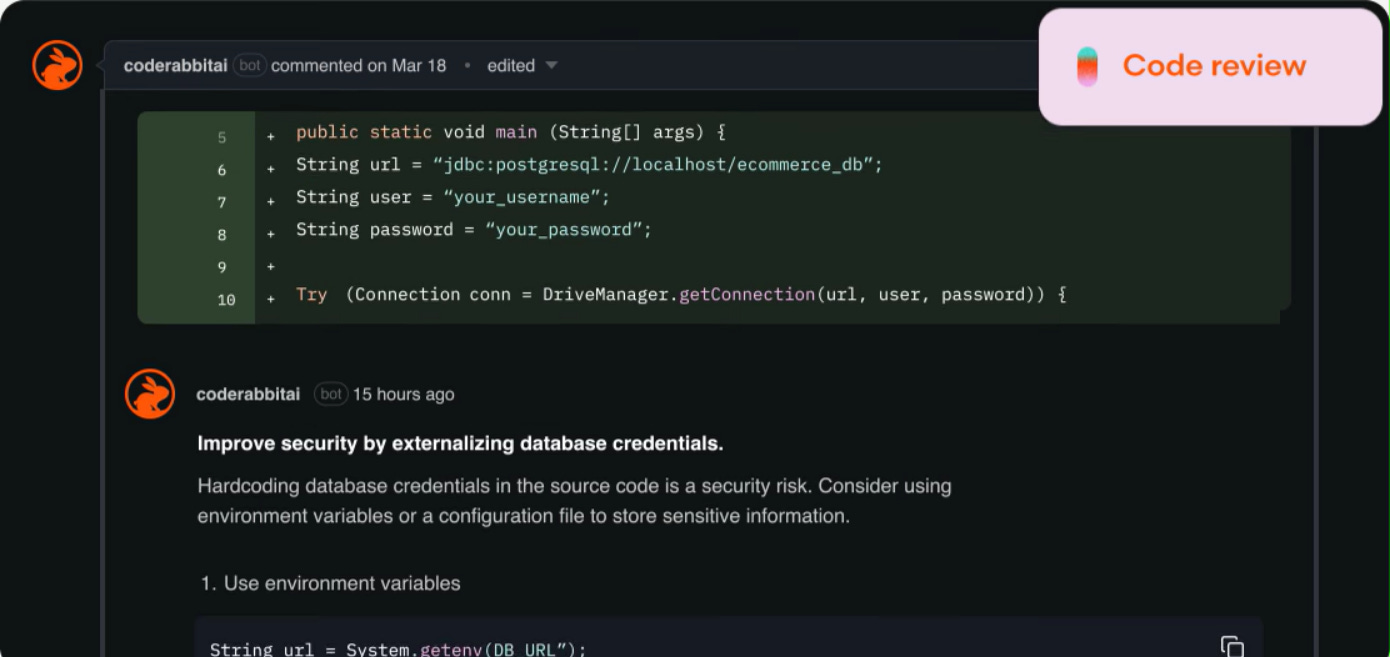7 vibe coding Mistakes (When Using AI Tools) — and How to Avoid Them

Hello guys, the rise of AI-powered development tools like ChatGPT, Claude, GitHub Copilot, Cursor, Replit, Firebase Studio, and Grok Studio has completely changed how we code.
Developers are now moving faster than ever — building prototypes, shipping MVPs, and launching features at speeds unimaginable a few years ago.
However, this new “vibe coding” style — coding with a lot of assistance from AI — comes with its own set of common mistakes.
If you’re not careful, you can easily create code that works, but is fragile, bloated, unreadable, or even dangerous.
In my last article, What Java developer should learn in 2025, I mentioned about Vibe Coding and a lot of you asked me about effectiveness of this approach and does it really work? Can you create production grade applications using Vibe coding? So I thought about writing this article
Here’s a deep dive into common vibe coding mistakes when using AI, and how to fix or avoid them:
1. Blindly Accepting AI-Generated Code
This is the biggest mistake I have seen in Vibe coding, its much like copy pasting stack overflow code snippet without any thought
Many developers copy-paste AI-generated code directly into production without fully understanding it. This leads to hidden bugs, security flaws, and inefficient solutions.
How to fix it:
- Always review and refactor AI code.
- Ask “Why is it done this way?” before accepting the suggestion.
- Treat AI as a pair programmer, not a magical oracle.
And, since we are in AI age, code review tools like CodeRabbit can seriously help here. They can review your code to find common mistakes, vulnerabilities and can also check if they are consistent with your companies coding standard or not.
Having a tool like CodeRabbit in your Software Development workflow can not only improve your Vibe coding experience but also can save tons of time doing “Vibe Debugging”.

By using these tools you can also improve your team’s productivity to 2X to 4X time.
2. Overengineering Solutions
The mistake: AI sometimes produces “textbook-perfect” solutions that are more complex than necessary for your real-world use case.
How to fix it:
- Push for simplicity. Good code is simple, not clever.
- If the AI’s solution feels heavy, ask it for a simpler, minimal version.
- Keep your product requirements in mind — not every problem needs a scalable distributed system on day one.
3. Style and Structure Inconsistencies
The mistake: AI may generate code that doesn’t match your project’s architecture, file organization, or coding style, leading to a messy codebase over time.
How to fix it:
- Set up linting rules (e.g., ESLint, Prettier, Black) and formatter tools.
- Train your AI prompts: “Generate the code following this style guide.”
- Regularly run code quality audits.
Again, tools like CodeRabbit can really protect your source code repository from the damage done by careless vibe coding. It can ensure that code generated by AI follows your companies code quality standard.
4. Shallow Testing (or No Testing)
The mistake: AI-generated code might not come with test cases, and when vibe coding fast, developers often skip writing tests altogether. While you can ask AI to generate test as well but many developer miss it altogether.
How to fix it:
- Prompt your AI to generate unit tests and integration tests alongside the code.
- Always validate outputs manually before merging.
- Use AI to write test cases too!
And, if you want extra level of protection, you can use code review tools like CodeRabbit.ai or Qodo.ai in your workflow.
Even having SonarQube protection is enough to prevent merging code which doesn’t have enough coverage but code coverage is not really a good metrics. You can have 100% code coverage without having a meaningful test.
5. Security Oversights
The mistake: Code generated by AI tools can be vulnerable to common security issues like SQL injection, XSS attacks, and improper authentication handling.
How to fix it:
- Always threat-model new code sections.
- Use AI-assisted security tools (e.g., GitHub Advanced Security).
- Prompt the AI specifically: “Is this code secure? Can you improve security?“
6. Overreliance on Specific Tools
The mistake:
Some devs vibe so hard with tools like Cursor (The AI Code Editor) or Firebase Studio that they build workflows only those tools can support, creating lock-in and reducing portability.
How to fix it:
- Keep workflows tool-agnostic where possible.
- Maintain local development environments that don’t depend heavily on specific AI tools.
7. Not Maintaining Context
The mistake: AI assistants can lose project context, resulting in code that doesn’t integrate well into the bigger system.
How to fix it:
- Continuously re-feed important project files into your AI session.
- Summarize your architecture or current task to the AI before asking for help.
- Use tools like Cursor that allow AI to have better project-wide awareness.
Once again having a protection on code review level can save you from most of the Vibe Coding mistakes and in this AI age, there are many tools available like CodeRabbit.ai which can do this for you.
While there are other alternatives like Qodo.ai but I like CodeRabbit because it is a specialized tool for Code review and its already been incorporated and many companies.
How to Level Up Your Vibe Coding Game?
To be honest, Vibe coding is a future. AI coding tools are incredibly powerful — when used wisely.
Here’s a simple framework for healthier, smarter vibe coding:
- Prompt smarter: Be clear, provide context, ask for constraints (e.g., “optimize for readability”, “write testable code”).
- Review every line: You’re still the engineer — AI is your assistant. Even better if you use tools like CodeRabbit.ai for automatic review.
- Use toolchains wisely: Set up automated formatting, linting, and testing — not everything needs a ChatGPT conversation.
- Invest in fundamentals: Strong coding fundamentals make you a better AI collaborator. You’ll know when the AI is wrong — and how to fix it.
- Stay curious: If you don’t understand the AI’s output, ask it to explain! Treat every session like a learning opportunity.
Conclusion
Vibe coding isn’t going away — in fact, it’s the future.
But the developers who succeed will be the ones who use AI thoughtfully, balancing speed, quality, and craftsmanship.
Use tools like ChatGPT, Claude, GitHub Copilot, Cursor, and Grok Studio as amplifiers of your skills — not crutches for skipping best practices.
Stay sharp. Stay mindful. And vibe responsibly and last but not the least, don’t do Vibe debugging otherwise you will fall in endless loop, even if you ask AI for debugging help, use your mind and skills first.
My experience with debugging help with AI hasn’t been great and can be summarized with this image.
Happy Vibe Coding !!